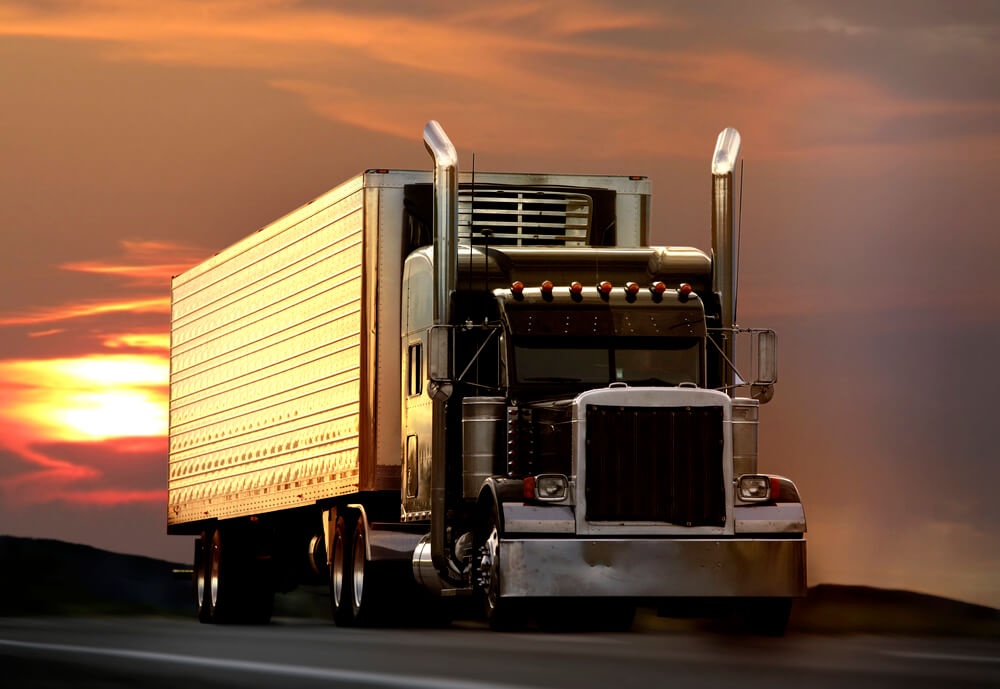Do I Have a Trucking/Semi-truck Accident Case?
Not all vehicular accidents are treated the same; an accident between at least two cars is treated differently from an accident that involves a car and a truck/semi-truck. A trucking/semi-truck accident case is much more complicated and could involve different parties, explains Saavedra Law Firm, PLC, an experienced truck accident lawyer in Phoenix.
What is a Semi-truck?
Before going into detail about how to determine if you have a trucking/semi-truck accident, it is important to discuss what a semi-truck is. Probably everyone knows what a truck is but a truck has different kinds and components. Evan Transportation, Inc., a Maryland-based trailer transport company, characterizes a semi-truck as “the actual truck, which contains the engine”.
A semi-truck is “that part of the truck” on to which the trailer or the “container” is loaded. It can run on its own as it has a set of wheels and holds the engine. The trailer, on the other hand, cannot run on its own and would need to be hauled on to the semi-truck for it to be transported.
The trailer contains the shipment that needs to be transported, while the semi-truck holds and balances the weight of the trailer. It is crucial to the transport’s safety that the trailer is properly connected to the semi-truck. However, this still does not guarantee zero accidents.
Do I Have a Semi-truck Accident Case?
A semi-truck accident pertains to a vehicular accident that involves a semi-truck. It is a complicated accident case that involves a number of factors and considerations—significantly different from accidents that involve regular automobiles or “non-trucks”.
Judging by the size and power of a semi-truck versus a car or van, you can already tell that the smaller car would sustain greater damages but there is more to this kind of accident than meets the eye.
A semi-truck accident takes longer to settle than “regular” vehicular accidents because it typically presents a number of unique cases.
Whereas “regular” car accident cases are usually settled between drivers, semi-truck accidents could involve: 1) the drivers; 2) the semi-truck operator; 3) the semi-truck owner, and 4) the semi-truck manufacturer. A thorough evaluation of the involvement of these parties is necessary, which may cause the investigation to drag longer than in car accident cases.
The extent of liability of each of these parties may be evaluated by investigating how they fare according to the state and federal laws that govern the trucking industry.
According to FindLaw, an online law resource site, there are two major federal agencies that control the trucking industry: the U.S. Department of Transportation (DOT) and the Federal Motor Carrier Safety Administration (FMCSA).
Here are some of the mandates that semi-truck drivers, operators, owners, and manufacturers are expected to follow:
1. Commercial Driver Licenses
It takes specialized skill to be able to drive a semi-truck and other specific types of trucks. Therefore, the driver must acquire a commercial driver's license that permits him/her to drive a truck. The absence of a commercial driver's license automatically places liability on the semi-truck driver and his/her employer.
2. Rest for the Driver
The driver and his/her employer must follow the mandated “hours of service” or the number of hours a driver is allowed to operate the semi-truck without breaks or rests.
3. Maximum Weight Permitted
Overloading a semi-truck endangers the life of the driver and those of the motorists and pedestrians sharing the road with him/her. The size of the semi-truck determines the maximum weight it is allowed to transport, which is crucial to the investigation of semi-truck accidents.
4. Quality Control of Trucks
Federal law mandates the quality control of trucks from manufacturing to repairs and to maintenance. These laws cover general and specific quality control measures, and any proven defect could place liability on the manufacturer, parts supplier, and/or repairer.
5. Hazardous Waste
On top of DOT and FMCSA, the transport of hazardous waste also complies with the mandates set by the Office of Hazardous Materials Safety (OHMS).
What to Do When You Get into a Semi-truck Accident
Getting into an accident—any kind of accident could leave you in a haze of confusion, especially when damages and injuries are involved. Follow the steps below when you find yourself in a semi-truck accident:
- If you are hurt, it is best to keep still, stay at the scene of accident and contact/wait for medical professionals. Abrupt movement after an injury may cause short-term and long-term harm.
- Once you could confirm that there is no medical emergency, the next person for you to contact is a truck accident lawyer. He/she will prescribe the steps to undertake and which individuals or agencies to contact.
- Call the police. The investigation of a semi-truck accident, whether or not there is injury, starts right at the scene of the accident. In most states, parties are required by law to stay at the scene of an accident until law enforcement deems it okay to leave.
- Contact your insurance agent to help you gather information and evidence that you would need to settle your semi-truck accident case.
- Gather information/statements from witnesses and make sure to exchange contact information with all parties and bystanders at the scene.






















